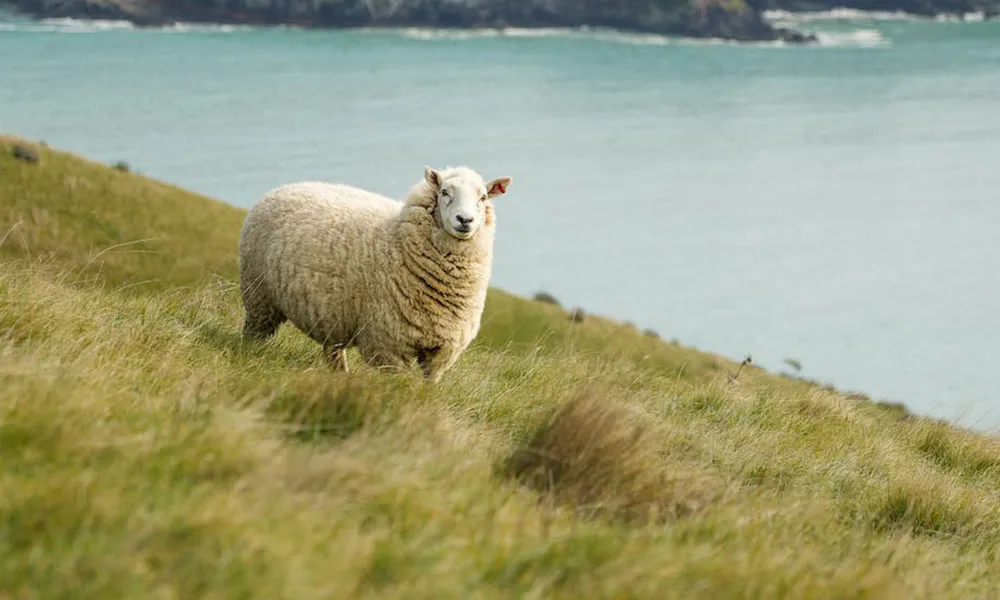Scanning Ewes: Best Practice for Sheep Farmers?
Scanning pregnant ewes in the weeks prior to lambing is now regarded as good practice by sheep farmers. Among lowland farmers, it is almost universally practiced, but hill farmers are now seeing the benefits of scanning too.
As a hill farmer myself, I have seen significant advantages in scanning ewes mid-pregnancy and would highly recommend it for farmers seeking to optimise flock potential. Scanning is relatively inexpensive and the returns can be significant, if the results are used discerningly. Scan results should be used to target concentrates and supplements as needed, thereby offsetting the need to "pump" money and resources into sheep that don't necessarily need it.
Why litter size is key
Litter size is the key data point that you will want to determine from any scan, as this will allow you to separate your flock appropriately for feed and
supplementation purposes. According to Teagasc researchers, you should divide ewes into the following categories:
1. Ewes bearing single lambs that are in good physical condition. As a group, these will require very little additional feed or supplementation.
2. Ewes bearing twin lambs that are in good physical condition, and those ewes bearing single lambs that are in poor physical condition. These will require additional concentrate and, perhaps, some vitamin and mineral supplementation.
3. Ewes bearing triplets and ewes bearing twin lambs that are in poor physical condition. This group will usually require the most additional feed concentrate and should be checked for vitamin and mineral deficiencies before receiving an appropriate drench.
You may wish to split the flock into more categories. For example, you could divide ewes into:
1. Strong ewes bearing single lambs.
2. Weaker ewes bearing single lambs.
3. Strong ewes bearing twins.
4. Weak ewes bearing twins.
5. Ewes bearing triplets.
Financial benefits of scanning
However you choose to split the flock post-scanning, the potential financial benefits are significant. Rather than feeding concentrate and supplements to the entire flock, you can identify the animals that need this additional care and target them. Additionally, this approach will offset the risk of overfeeding strong ewes with single lambs - an action that can lead to oversized lambs and lambing difficulties.
When to scan
Typically, you should scan your ewes about 80 days into their pregnancy. Since many hill ewes will have gone to the ram in November, now is the time to scan them. Many lowland farmers will have already scanned their flocks at this point. However, it is important to remember that scanning is only useful if the data is used appropriately (as outlined above).
It is essential that you fast ewes for 8-12 hours prior to scanning, as this will help the scan to determine litter size.


